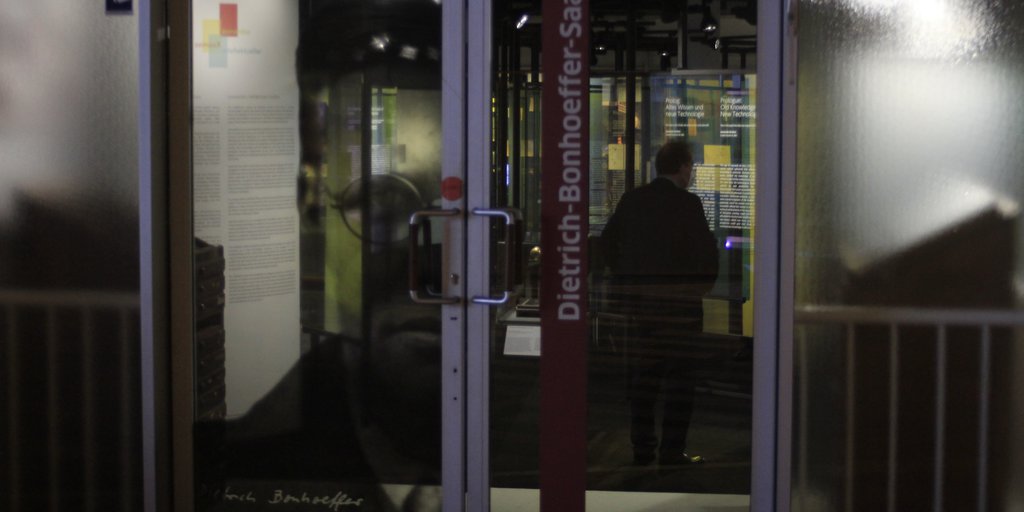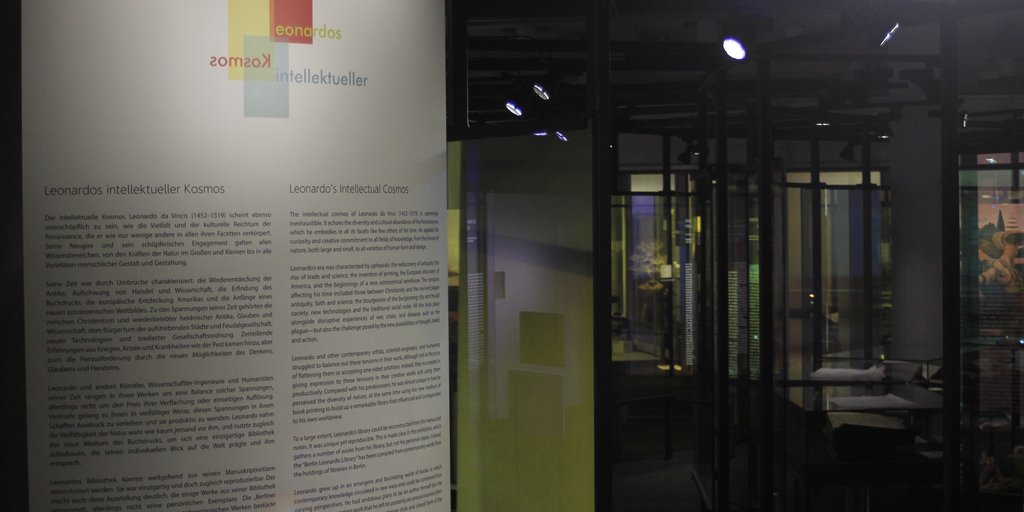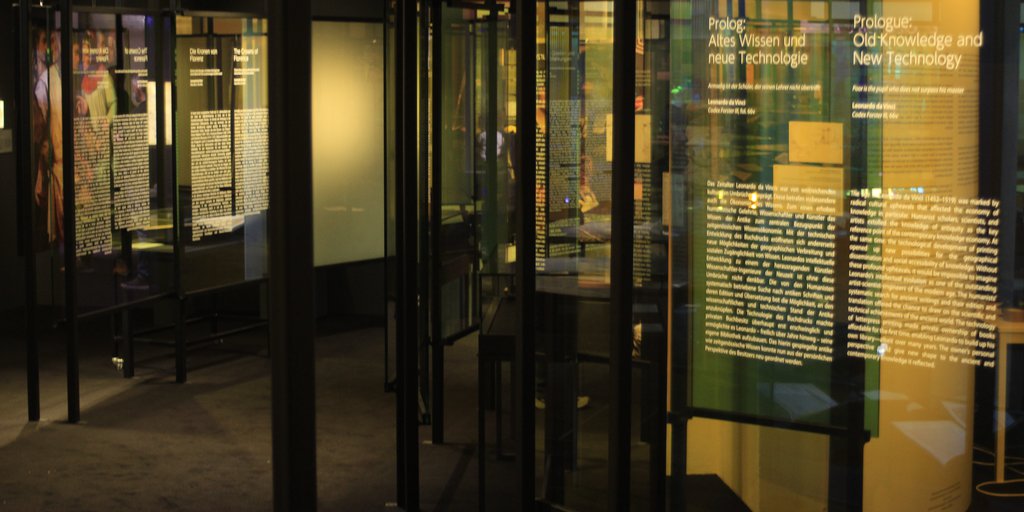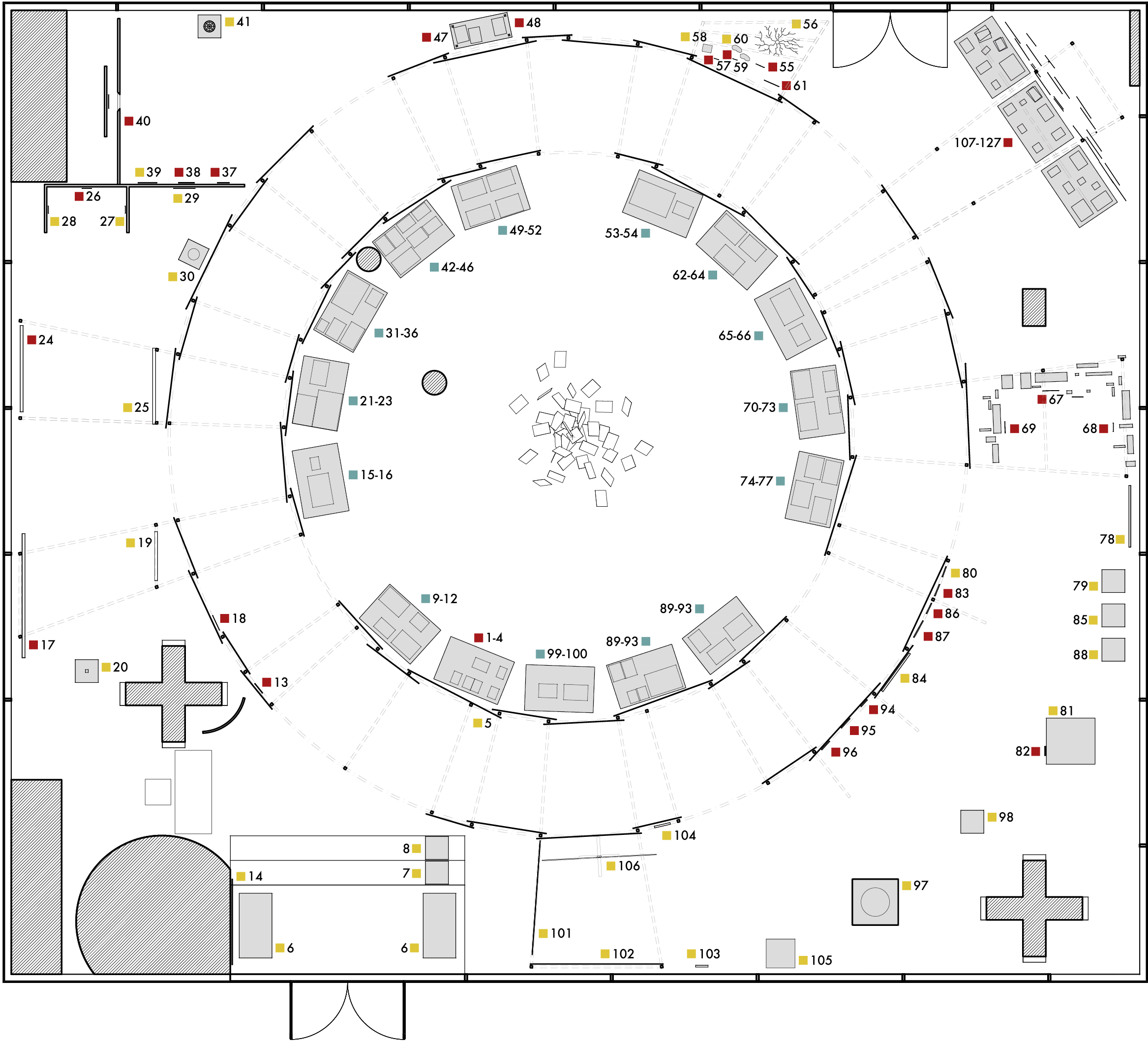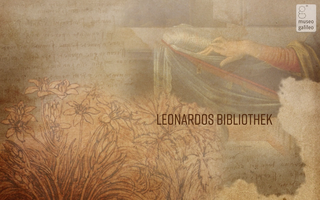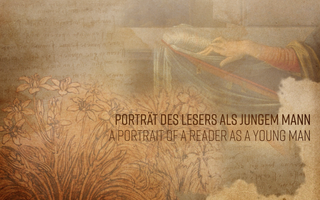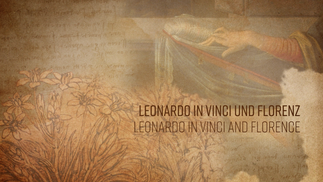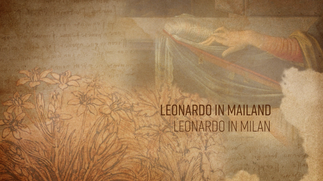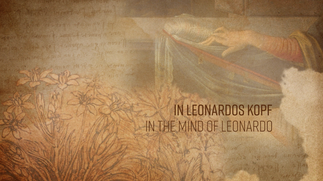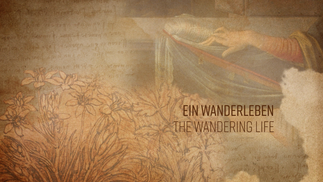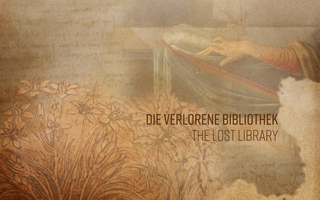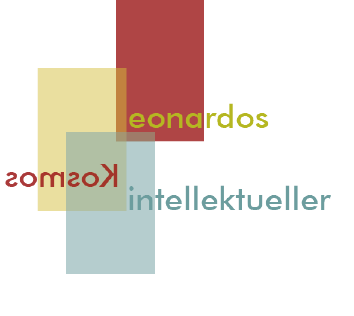
Prologue: Old Knowledge and New Technology <
Poor is the pupil who does not surpass his master
Leonardo da Vinci
Codex Forster III, fol. 66v
The age of Leonardo da Vinci (1452–1519) was marked by radical cultural upheavals that affected the economy of knowledge in particular. Humanist scholars, scientists, and artists extolled the knowledge of antiquity as the key reference point of the contemporary knowledge economy. At the same time, the technological development of printing opened up new possibilities for the geographical dissemination and social accessibility of knowledge. Without these profound upheavals, it would be impossible to imagine Leonardo’s intellectual evolution as one of the outstanding artist-scientist-engineers of the modern age. The humanists’ systematic search for ancient writings and their edition and translation offered the chance to draw on the scientific and technical achievements of the ancient world. The technology of letterpress printing made private ownership of books affordable for the first time, enabling Leonardo to build up his own library—albeit over many years. The owner’s personal perspective could give new shape to the ancient and contemporary knowledge it reflected.
Old Knowledge <
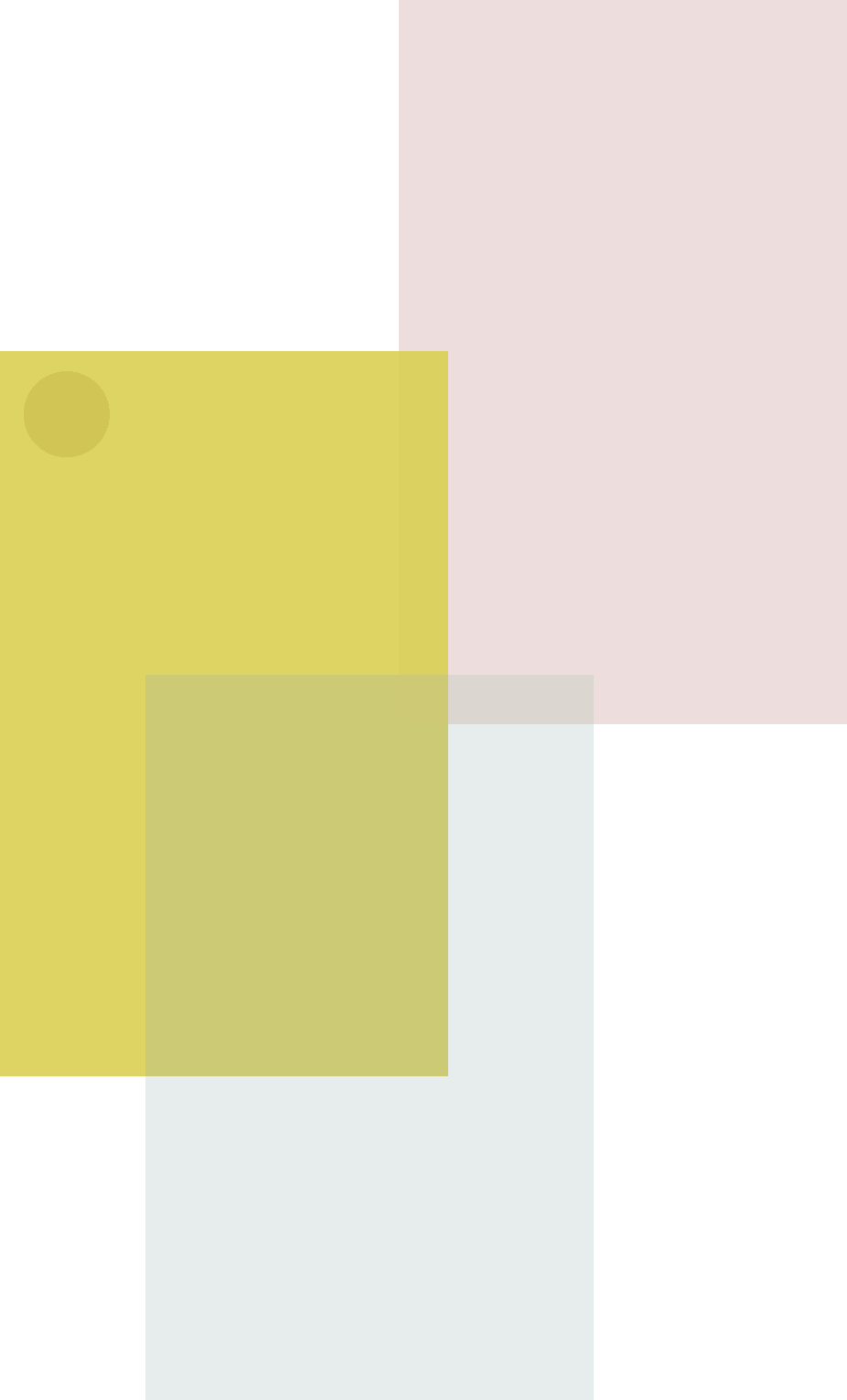 | 14.
ca. 1510–1511 |
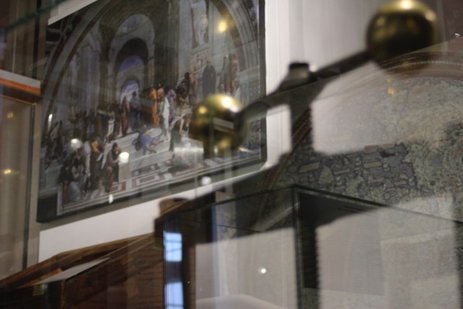
The painter Raphael (1483–1520) depicts the representatives of ancient culture—philosophers and natural scientists—arrayed before a monumental architectural backdrop inspired by antiquity. Assembled in groups or deliberately isolated, they demonstrate the entire range of intellectual activities and discursive practices, with dialogue at the forefront. Attempts to name the individual scholars have resulted in just a few generally accepted identifications, among them Pythagoras (on the left in the foreground), Socrates with his Silenus-like appearance arguing behind him on the steps, Ptolemy on the right with the globe and crown, in front of him Euclid (or Archimedes) demonstrating a geometrical problem, and the cynic Diogenes lounging on the steps. The center of the painting is occupied by the two antagonists Plato (pointing to heaven) and Aristotle (indicating the world). Raphael is said to have given the white-bearded elder philosopher the features of Leonardo da Vinci. Finally, because the fresco was located in the Pope’s private library, the philosophers’ books and manuscripts are featured prominently.
References
Hall, Marcia B., ed. 1997. Raphael’s “School of Athens.” Cambridge / New York: Cambridge University Press.
Most, Glenn W. 1999. Raffael und die Schule von Athen. Über das Lesen der Bilder. Frankfurt a. M.: Fischer.
Oberhuber, Konrad. 1999. Raffael. Das malerische Werk. Munich: Prestel, 85–109.
Winner, Matthias. 1993. “Stufen zur Erkenntnis in Raffaels ‘Schule von Athen’.” Jahrbuch der Akademie der Wissenschaften in Göttingen, 56–60.
